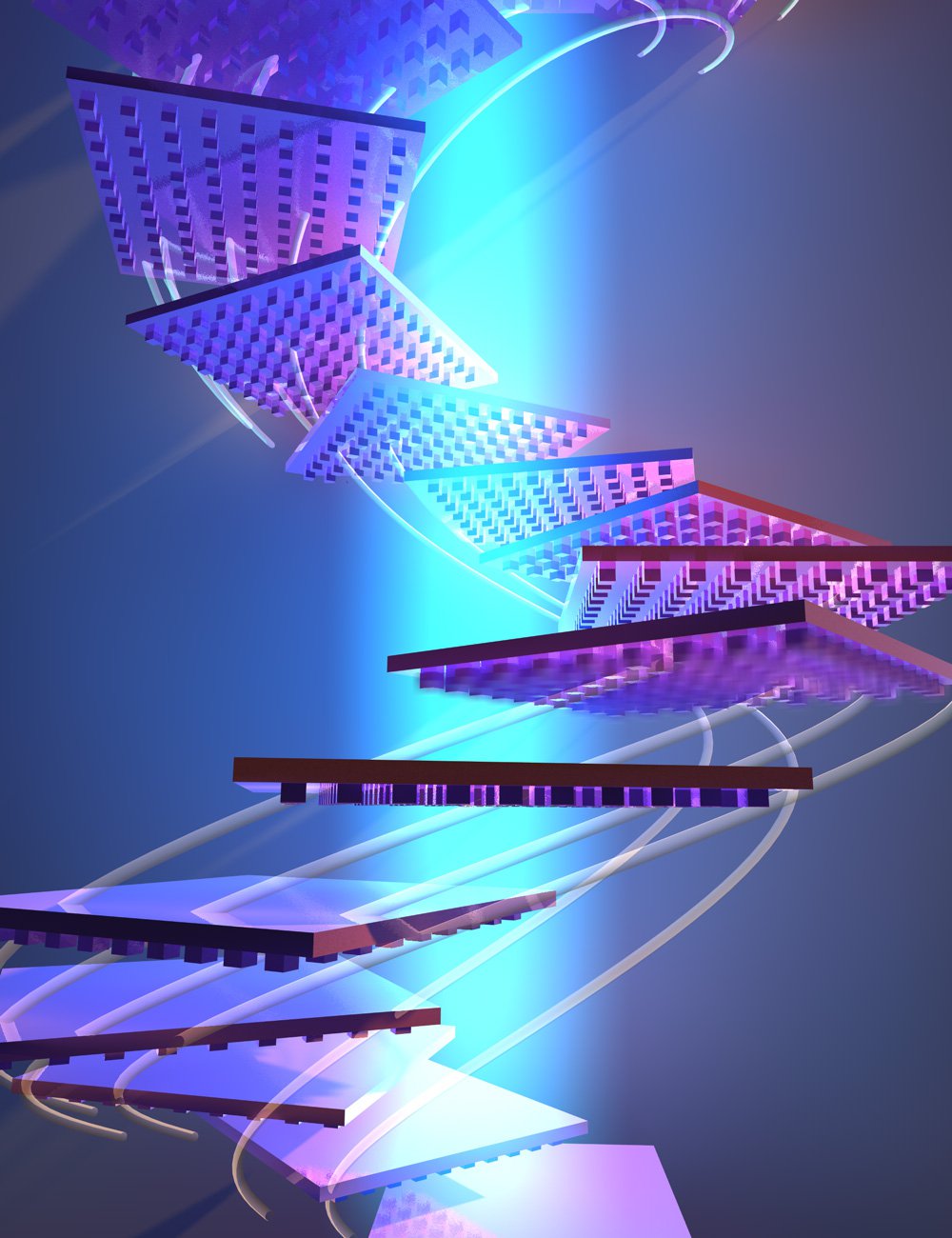How to send a spaceship to the closest star using lasers
The StarShot program wants to accelerate mini-spaceships by means of laser bombardment to a velocity of one-quarter the speed of light so that they can reach our neighboring star, Proxima Centauri, within the foreseeable future. The technology sounds feasible, but still must overcome a few hurdles.
Imagine you had to keep a ball floating in the air using a hairdryer. You will automatically think of a ping-pong ball floating a few inches above a fan. But could you accomplish this feat with a soccer ball located thirty feet above you? The hairdryer would have to be much larger and stronger.
The StarShot program faces similar problems. Unfortunately, lasers do not remain as tightly focused as they travel away from their source and thus, for the spaceship to continue to use the laser, it must have a significantly larger cross section than the laser beam. Researchers at the California Institute of Technology (Caltech) have now apparently found a solution, as they write in an article – at least on paper.
The object to be accelerated with light must have a special pattern made from nanostructures on its back side. These nanostructures then help to keep the object within the light beam, even if there is interference from the outside, for example, using the ping-pong ball analogy, wind pushing the ball toward one side. The object constantly arranges itself in the optimum position relative to the light beam – regardless of how large it is or how far away it is.
The researchers assume that their method will work on millimeter-size objects just as well as on meter-size objects. The method also works as the laser loses its focus (the transmitted energy decreases, of course, as the light beam becomes wider). However, it will take some time until the technology is ready for practical use, the researchers say.
